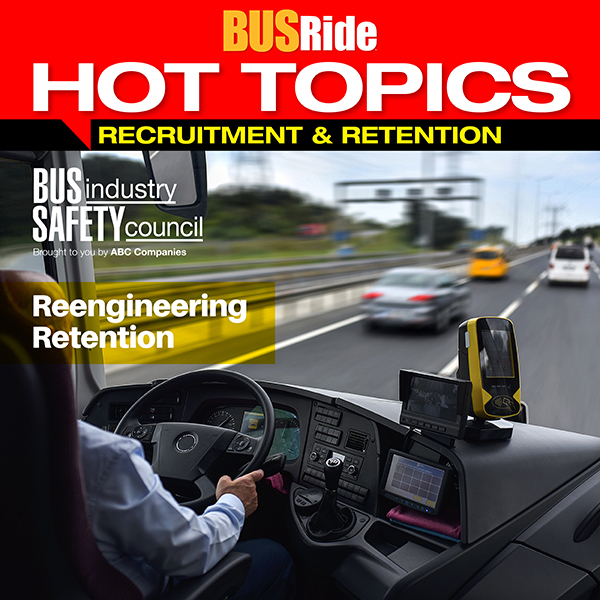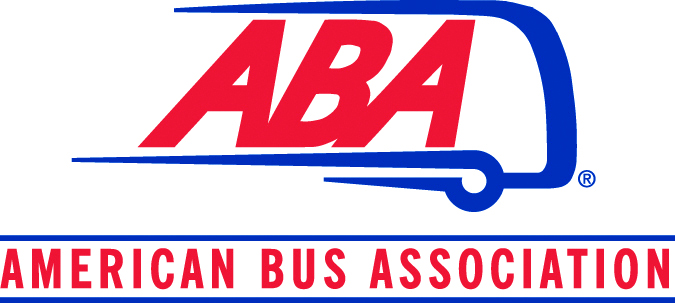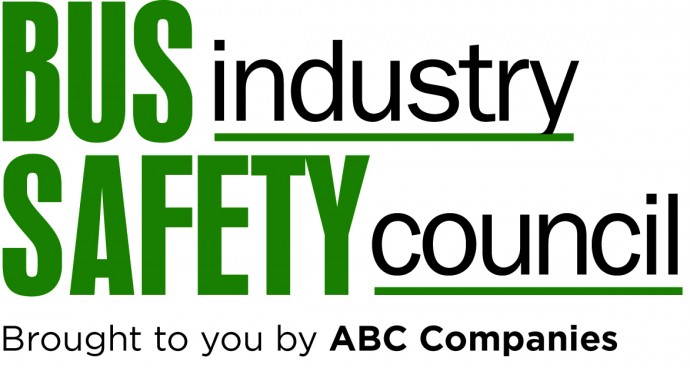
Tim Brewster sheds light on ways to weather the storm.

One of the most common topics in the workplace is recruiting and retention, especially today. This is for good reason as many leaders may feel like they are in a sinking ship, taking a tactical approach to bail out water and plug the ship to keep it afloat. Even though this is important, don’t lose sight of how the ship is engineered.
According to the Bureau of Labor, the total separation rate (or the percentage of employees who left an organization) has increased year-over-year. Over the past five years, the separation rate has ranged from 42.6 percent in 2016 to 57.3 percent in 2020.1 I’m sure you have heard of the phrase ‘The Great Resignation’ so it should not be a surprise that it is anticipated that the upward separation rate trend will continue in 2022. So, with more than half of the workforce resigning in the last couple of years, what can we do to focus on reengineering our ship? There are techniques that you can utilize to improve recruiting and decrease turnover. One of the keys is to be open-minded and challenge yourself to think differently if you are experiencing turnover.
WHAT IS CULTURE?
We stress the importance of corporate culture, but what exactly is culture? Culture is a combination of actions, attitudes, beliefs and values. The components of corporate culture do not automatically exist within an organization and require a strong top-down and bottom-up approach, where both leadership and individual contributors have buy-in. It is vital that you develop a shared vision, build programs and processes to support the vision, obtain employee buy-in and lead by example. Employees assist in building and supporting culture, but it is the leadership team’s responsibility to set it up for success.
Determining what your employees value is usually not overly complicated. Ask yourself what is important to you in the workplace, and I am sure you would come up with something like the attributes that Gallup identified during their State of the American Workplace survey2:
- The ability to do what they do best
- Greater work-life balance and better personal well being
- Greater stability and job security
- A significant increase in income
- The opportunity to work for a company with a great brand or reputation
 Here are some tips to help with the common themes that came up in this survey:
Here are some tips to help with the common themes that came up in this survey:
Relationships: Each of us thrives on strong relationships with our peers and leaders. Feeling connected to others, having a sense of belonging, being included in decisions and having approachable and receptive teammates are critical to role satisfaction.
Meaningful Work: One item that typically feeds a sense of fulfillment is having a job that is meaningful and makes a difference. As a leader, make sure your employees understand the ‘why’ behind what they do and how their work impacts your organization’s overall goals.
Leadership: Too often, employees feel a disconnect between leadership and front-line workers. An approachable, caring and connected leadership team is crucial for success. Ensure your leadership team communicates regularly whether it is one-on-one meetings, all employee meetings or a monthly message from the CEO. Find ways to connect with your employees.
Flexibility: These days, flexibility is considered table stakes. During the recent pandemic, many employees recalibrated, realizing the importance of a healthy work-life balance. This doesn’t mean you need to give employees every Friday off or create a 4-day workweek, but it does mean you should evaluate whether paid time off is competitive, time can be taken without falling behind and flextime exists. It is crucial that employees aren’t fearful of using paid time off.
Competitive Pay And Benefits: Surveys regularly show that money isn’t the number one factor for retention, but it is an important consideration. Look at the overall compensation package you are providing employees and make sure you are marketing it to them. Sometimes employees do not realize all the benefits that they receive by working at your organization.
Positive Culture: Many of us have worked for an organization where we dreaded going into work. Hopefully, most have worked for an organization where you were excited to start your day. Don’t lose sight of how positive culture can impact retention.
Awareness: While it can be daunting, don’t be afraid to learn how your employees feel about your organization. You should consider doing this through anonymous routes – some of the feedback may not feel great, but the key is what you do with the feedback. In one of the early episodes of Emmy-award winning television show Ted Lasso, the new American football coach, put a suggestion box out for the English football team to provide anonymous feedback. They all rolled their eyes, but what he did with the feedback made the team come around. It was as simple as fixing the water pressure in the showers, but after that the team knew he would act and listen to their suggestions.
GAP ANALYSIS
Taking a strategic approach through a gap analysis will help your organization weather the storm. The purpose is to identify current state, outline desired future state and determine an action plan. First, develop a diversified taskforce that includes representatives from all areas of your operation. Assign roles to remain organized and keep the momentum going. The group should be focused on completing a gap analysis, surveying employees, hosting focus groups and monitoring ongoing progress.
Communication and transparency are vital. All employees should understand the initiatives, the purpose of surveys/ focus groups and the status of initiatives. Too often organizations lack transparency and overlook the importance of keeping employees engaged and updated throughout the process.
There are three primary stages to focus on when completing a gap analysis:
CURRENT STATE: Cleary articulate and define the current state, which can be determined through a combination of methods.
- The taskforce should work together to identify the current state of your program. Through collaboration, the strengths and weakness of your current program will be identified. Consider things like why individuals should want to work for your organization.
- Survey all employees to better understand their perspective, the current state and help mold the desired future state. Use questions such as, do you feel:
- Connected to coworkers?
- Your work is meaningful?
- Leadership is approachable?
- Leadership cares about you?
- Our benefits are competitive?
- Compensation is competitive?
- The organization is flexible?
- Host several focus groups with diversified groups of employees after survey responses are received. This will help develop context and allow for suggestions around solutions.
DESIRED FUTURE STATE: Clearly articulate and define the future state. When developing the future state, it should be achievable, aligned with organizational goals and address information obtained through surveys and focused groups.
GAP (ACTION PLAN): After the current and desired future state are defined, the taskforce will need to develop an action plan that will eliminate the gap to achieve the desired future state. Execution, ongoing communication and transparency are key.
If your organization follows the process outlined above, you will identify areas of opportunity. Retention is a perpetual focus; monitoring is vital to ensure program effectiveness and to reengineer when necessary. When retention improves, recruiting becomes less of a focus.
Hiring leaders that are passionate and caring will make a difference within your organization and strengthen your retention.
About the Author
Tim Brewster is AVP, loss control & recovery unit for National Interstate Insurance Company based in Richfield, OH. National Interstate Insurance is rated “A+” (Superior) by A.M. Best (rating affirmed on December 3, 2021.)
Presented by


The Bus Industry Safety Council [BISC] is an American Bus Association [ABA]-sponsored organization that serves as an industry-wide bus safety advisory group. BISC brings together top safety professionals in the North American motorcoach industry with a mission to develop and promote methods, materials and procedure to enhance motorcoach safety and security. Through education, knowledge, experience, and the sharing of information, BISC provides a platform for the continuance of garnered information for passenger ground transportation.

